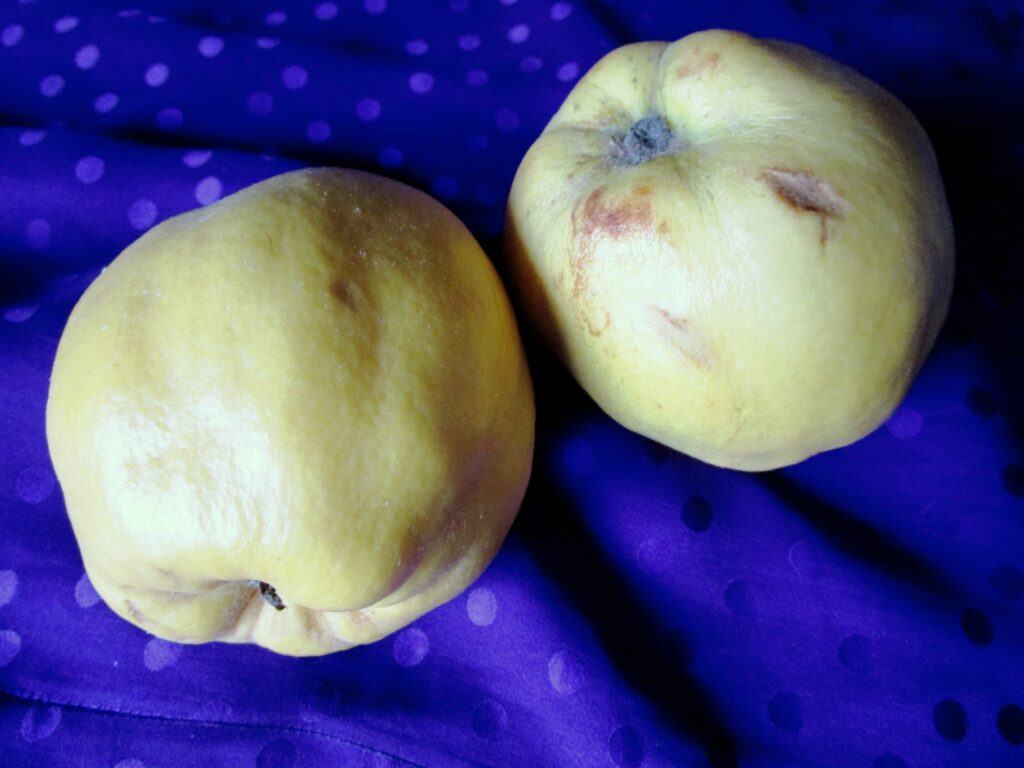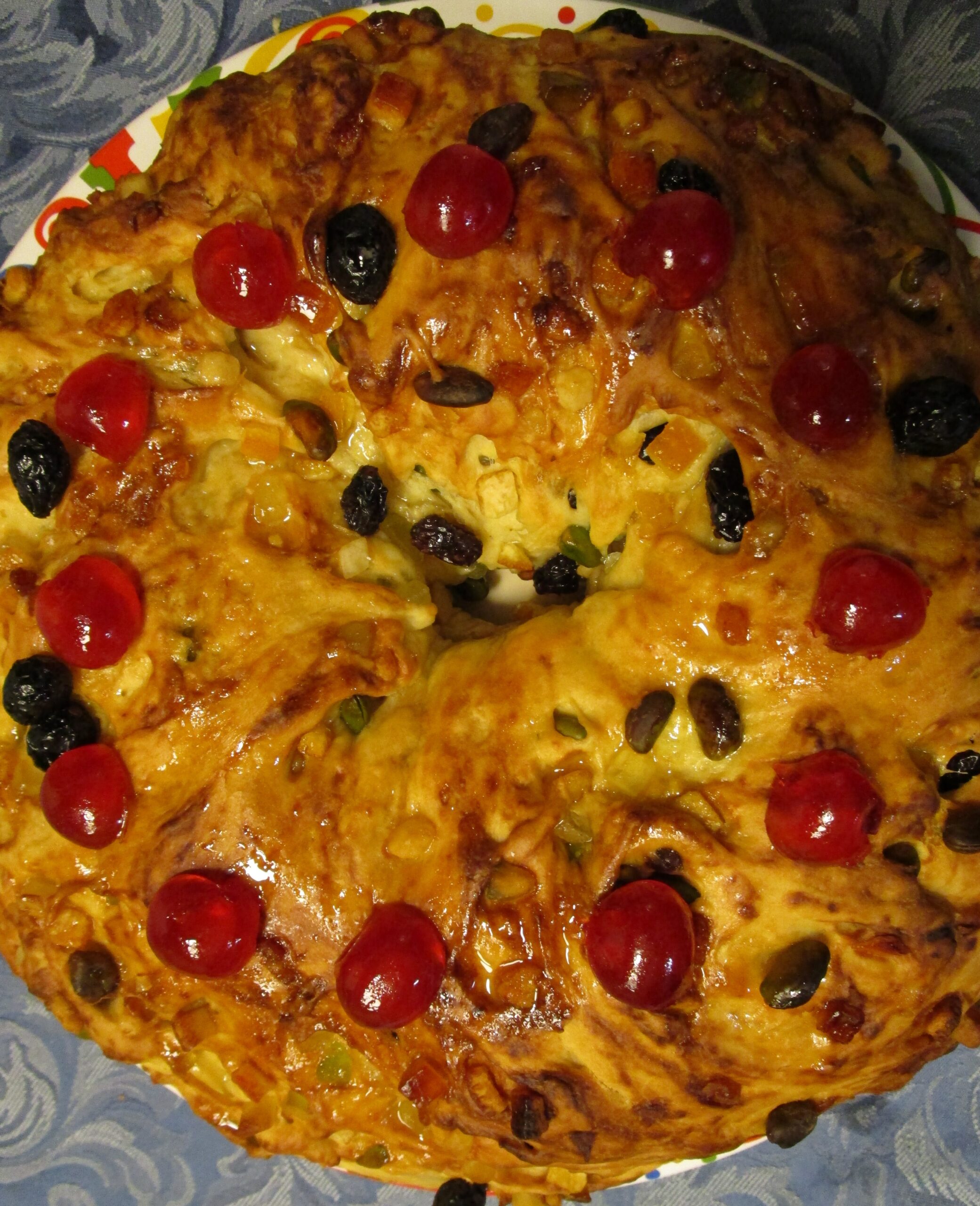
Sawse Madame
Galangal and poudre douce….
On the fourth day of Chrismas, in my attempt to create a memorable Christmas in the midst of a corona lockdown, I tackled yet another medieval dish: Goose with Sawse Madame.

To make sawse madame, one of the most popular sauces of the Middle Ages, the cooks in our eatmedieval course married recipes from English and French cookbooks. The Forme of Cury, a 14th-century cookbook for the royal kitchen of King Richard II, contains a recipe for goose (I used a duck) with “sawse Madame.” After roasting a stuffed bird, the cook should heat the stuffing and some wine in a pot, and add
thereto powdour of galyngale, powdour douce, and salt and boyle the sawse.

Thereafter the goose is dressed in the sauce.

Poudre douce
Poudre douce (sweet powder)was a medieval spice mix, and our cook turned to the French La Ménagier de Paris (1393) for the list of ingredients:
ginger, cinnamon, sugar, cloves, and grains of paradise.
Sometimes I get an allergic reaction to cloves, so I substituted allspice.
Quince and pear filling

The Forme of Cury suggests a fruit stuffing for the goose:
Take sage, parsley, hyssop and savory, quinces and pears, garlic and grapes, and fill the goose therewith….
Quince – the golden fruit with the silver skin and a heavenly fragrance – can be hard to come by in winter. I was lucky enough to source fresh, organic quince through delicado48. The resulting stuffing was delicious.
I made honey-glazed carrots, wine, elderberry, and carob-glazed shallots, buttered cabbage, and roast potatoes to round off the meal.


Have you ever cooked with quince before? What did you make?
Joyeux Noël!




